


A very important headline from December 8, 1941.
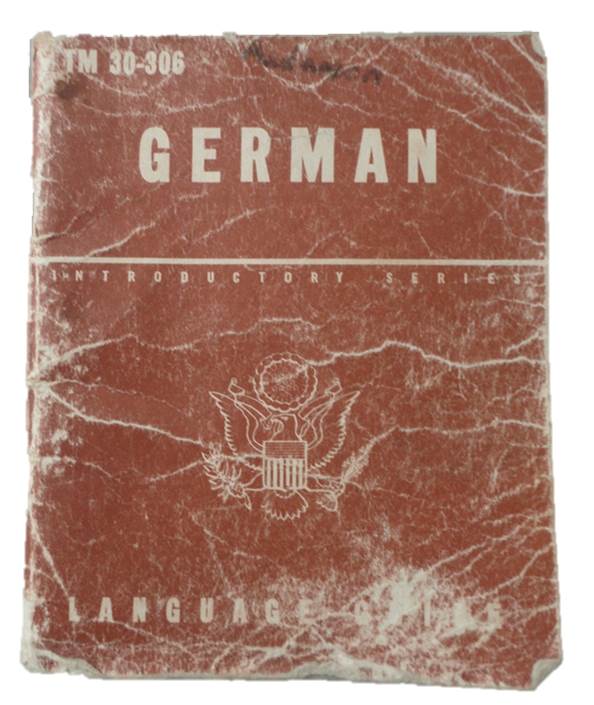
German language guide. This was last issued to the author's grandfather during the Korean War.
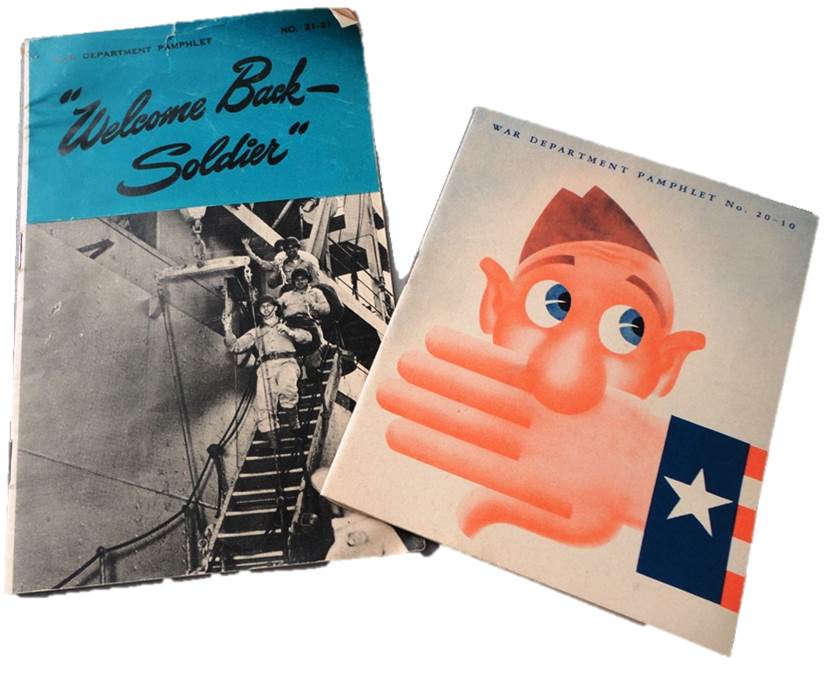
"Welcome Home" guides for soldiers returning to the United States after hostilities ceased.

Great Scott! Army-issued tissues.
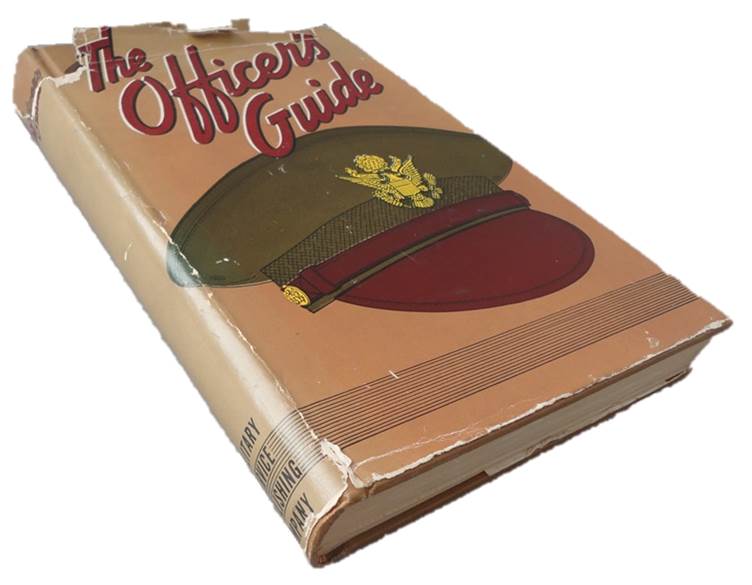
A book for officers, teaching them everything there is to know about holding rank!

"Heart Shield" Bible, carried by a B-25 pilot from Milwaukee. The bible's cover had a thick steel plate on it.
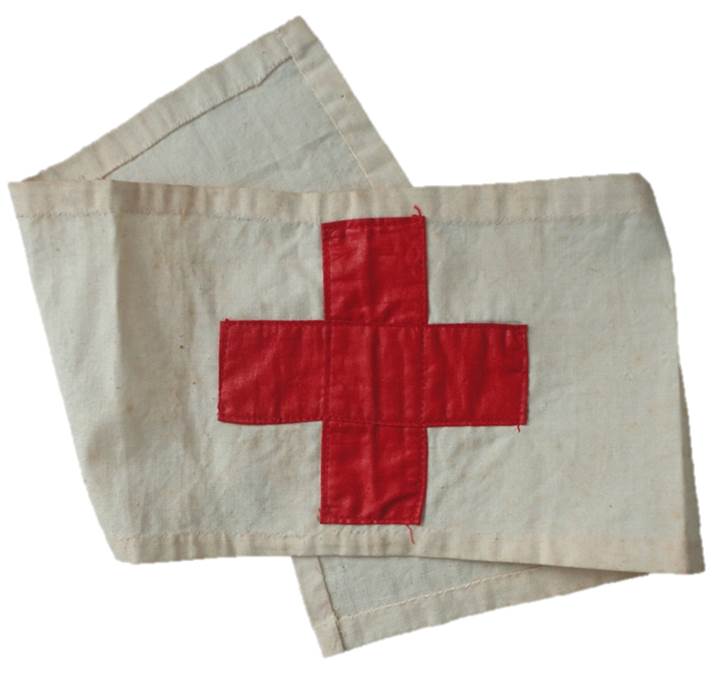
Medic's identification armband.
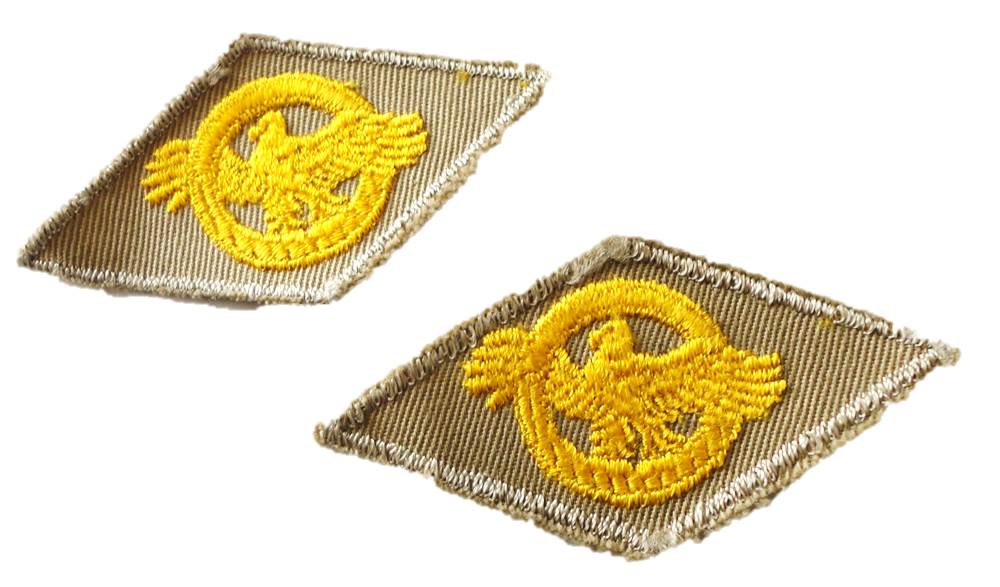
"Ruptured Duck" Honorable Discharge patches. These were affixed to a uniform after the veteran discharged.

Chlorine water purification tablets
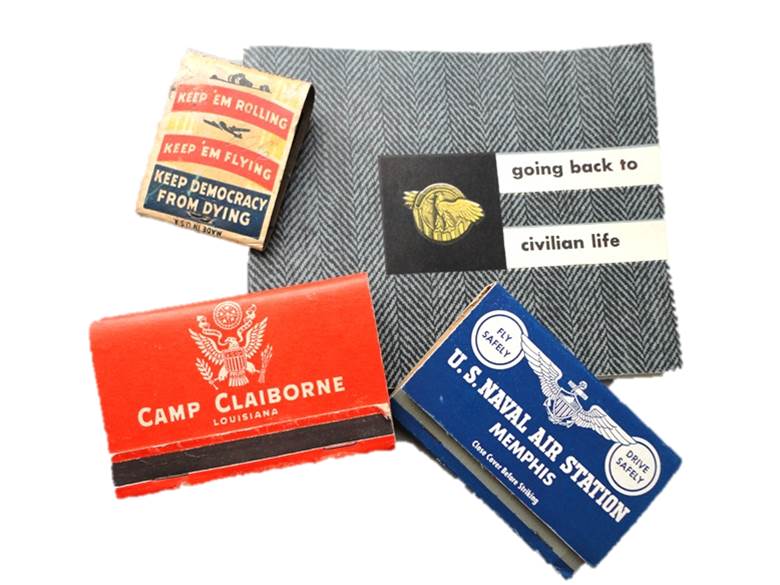
Matchbooks and military pamphlets were common items kept by soldiers as souvenirs of their service.
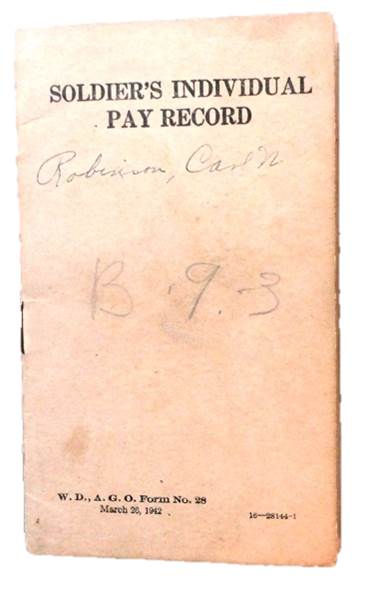
One of the most important documents of the US soldier: a pay book!
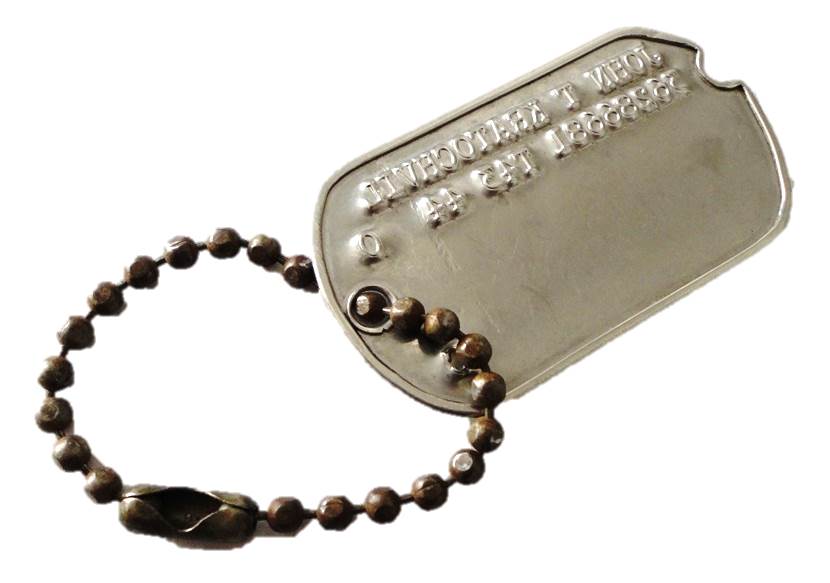
"Dog Tag" as worn by every serviceman and woman for identification.
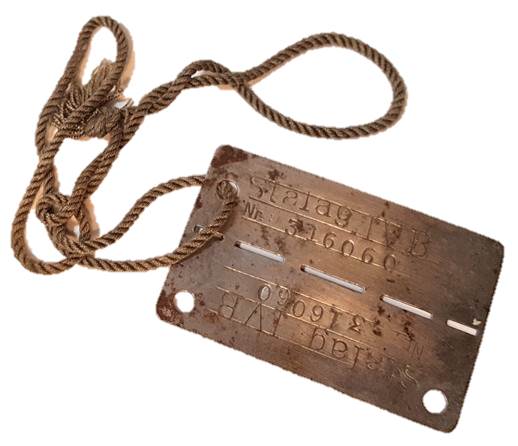
A German POW identification tag, as issued to US prisoners of war. This tag was issued at Stalag IV-B, one of the largest POW camps in Germany. It was located near Muhlburg and most of the Americans held there were captured in the Battle of the Bulge. The camp was liberated in April, 1945.
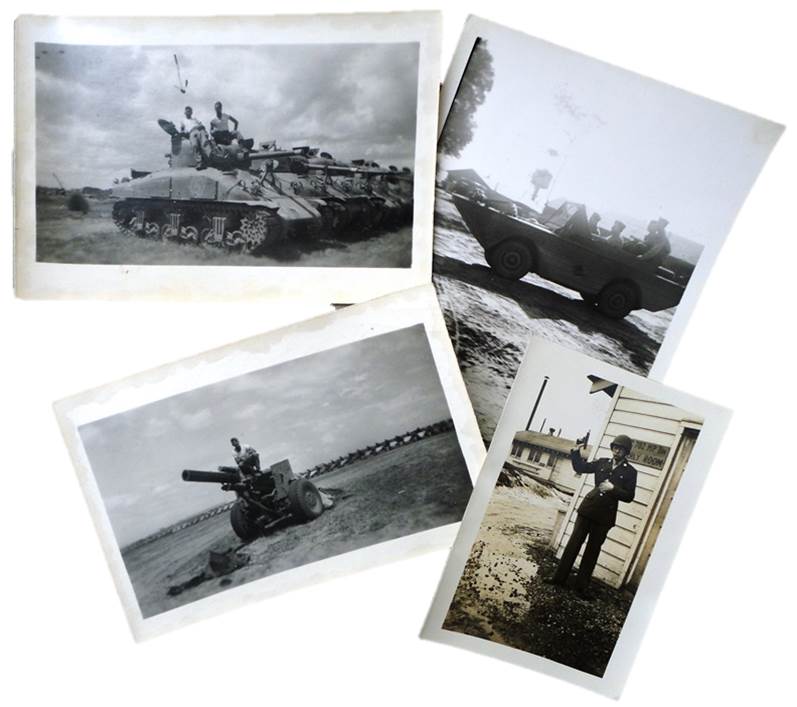
Various WWII photos taken by US soldiers.
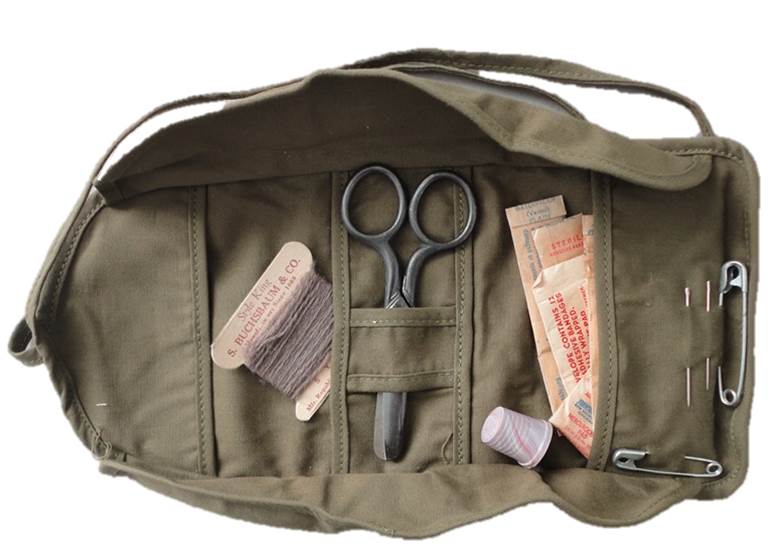
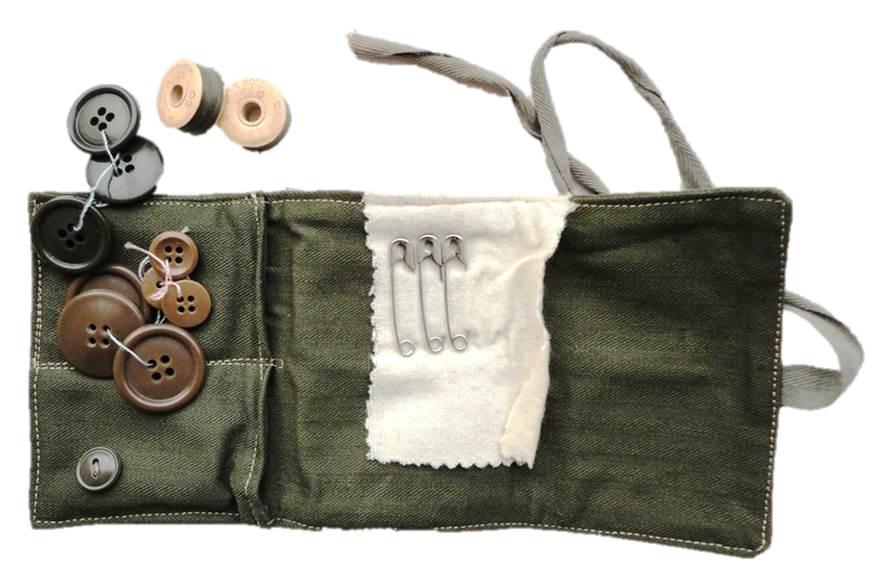
Two different sewing kits issued to US servicemen and women. They were used to make repairs to uniforms and clothing.
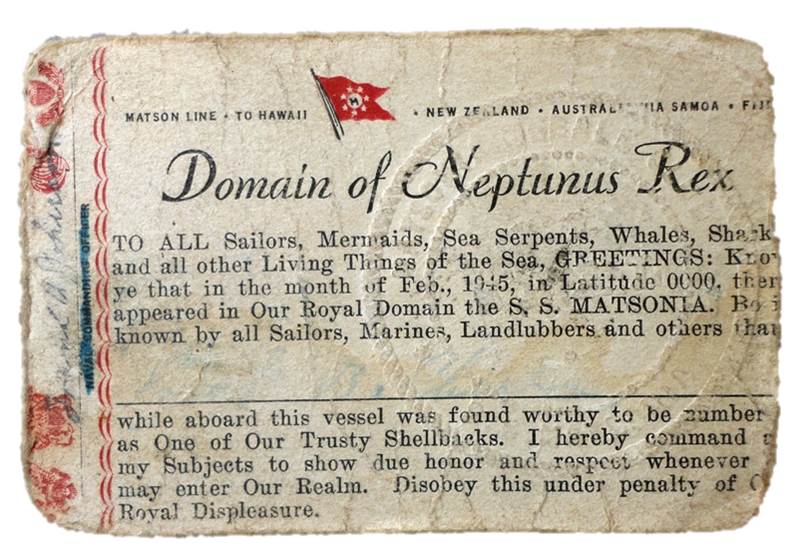
"Shellback" certificate for those who traveled across the Equator for the first time. This journey had traditions and rituals to go along with it.
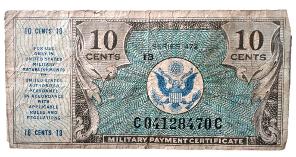
Military payment note used on US bases overseas. US money was in not used so it would not support black markets abroad.
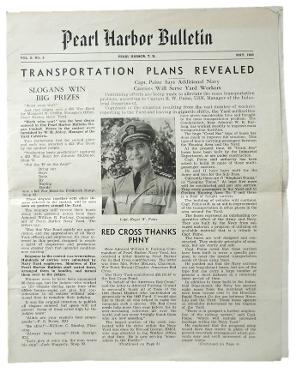
Copy of the Pearl Harbor Bulletin, a Navy base newspaper, from 1943. Many bases had their own journals and newspapers.
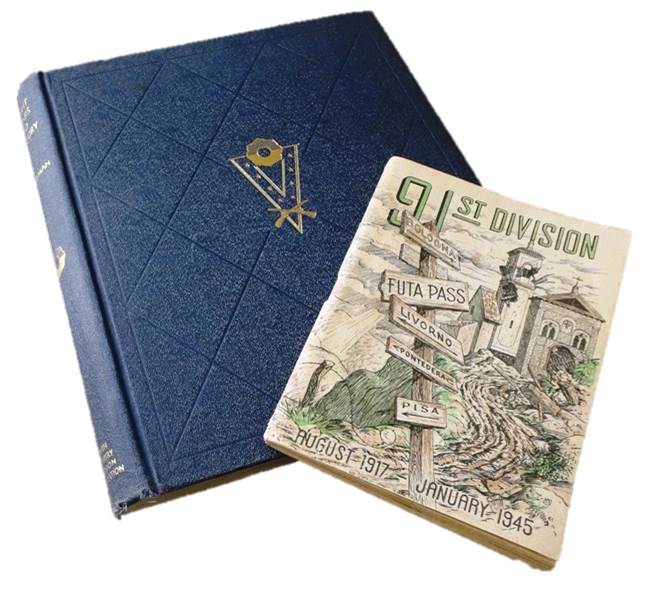
Unit history books were popular souvenirs for soldiers from their time in service. These books are from the 9th and 91st Infantry Divisions. Both served in Europe.

Army "Yank" magazines as published for the troops
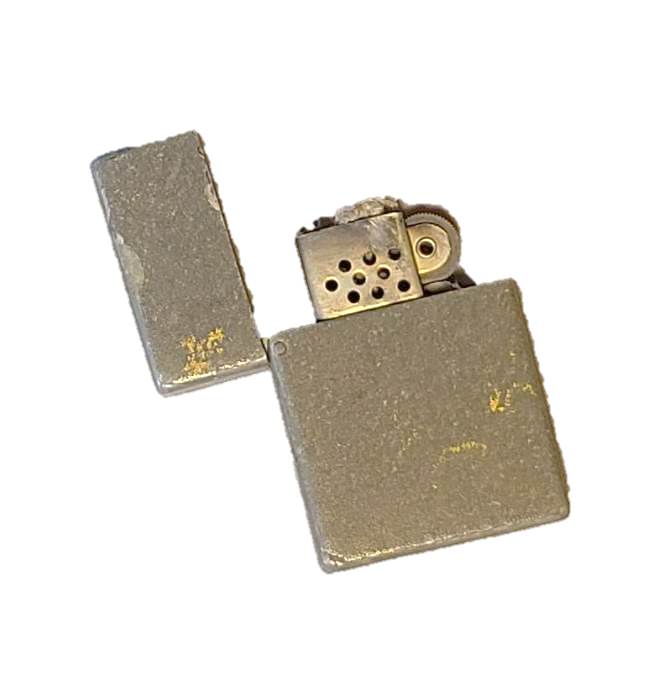
WWII-era lighter


"Son in Service" Banner-- 3 blue stars indicate three sons serving in the military. These were often displayed in windows of homes.
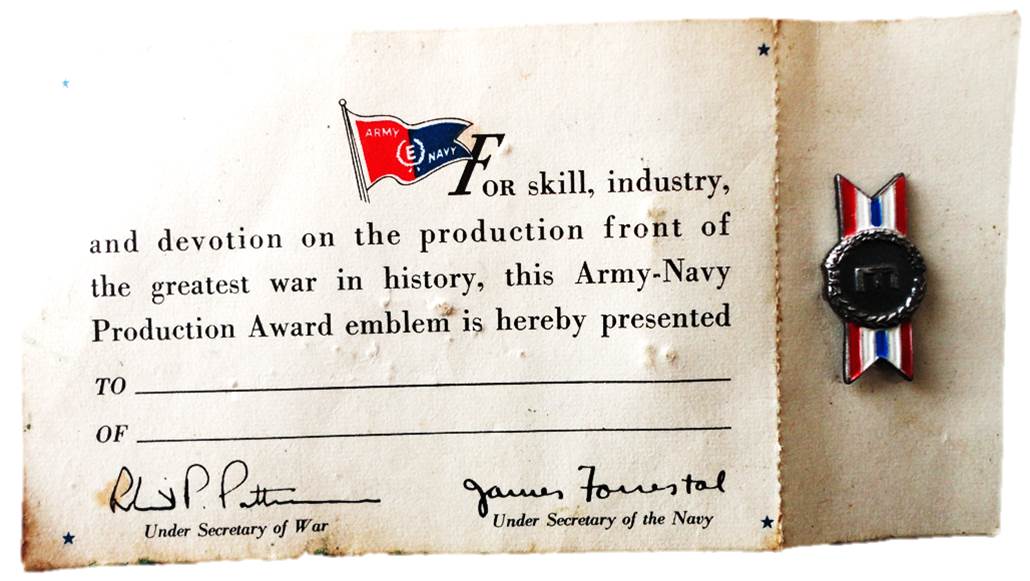
An "E" Army/Navy Production Award pin on its original card. These were awarded for efficiency in the workplace and contributions for the war effort.

Shoulder patch worn by civilian/noncombatant personnel serving in alongside soldiers during the war. Journalists, observers, support staff, entertainers, and many more traveled overseas with the troops, and regulations required them to have distinguishing insignia.
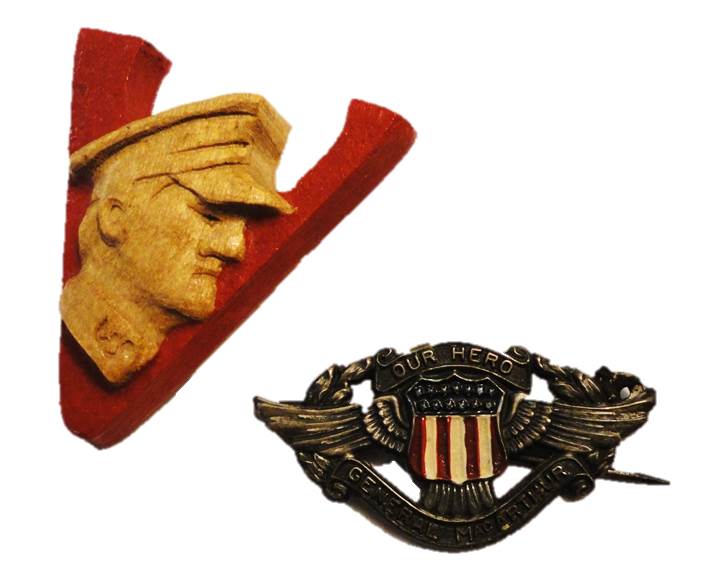
"V for Victory" pin made of wood to show support for the war effort, bearing the likeness of General Douglas MacArthur. The metal pin showed support for the famous general.

Various pamphlets published for the Home Front. These include an army song book, an identification guide for war planes, and "How to Knit for Victory," a selection of patterns for socks, sweaters, and other items to send to soldiers overseas.
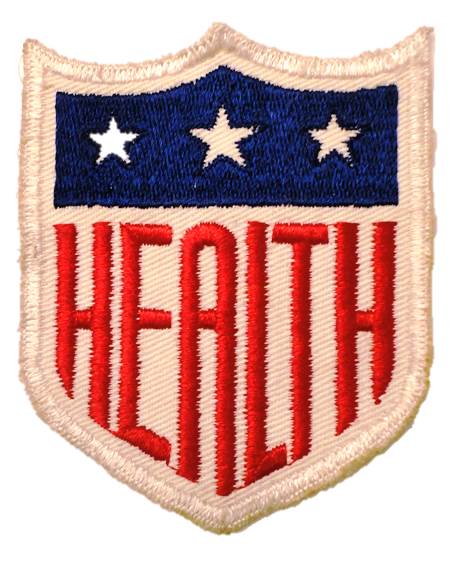
Very rare patch worn in 1942 by Major League baseball players on their uniforms to promote social health and wellness.
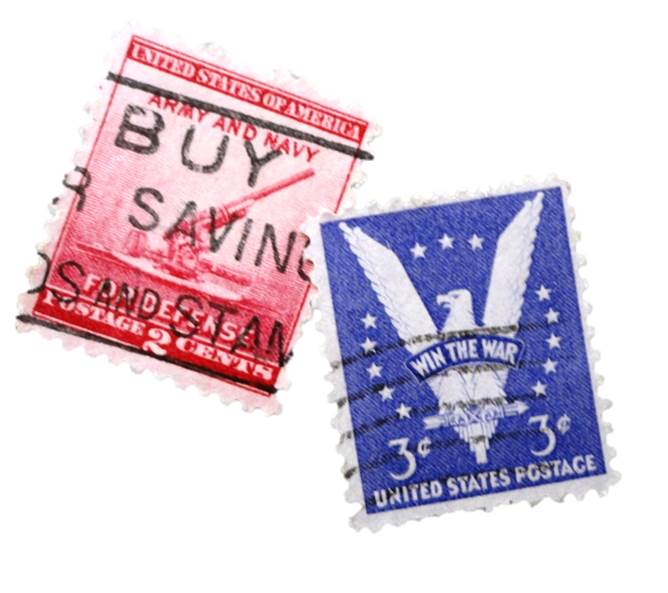
US wartime postage stamps.
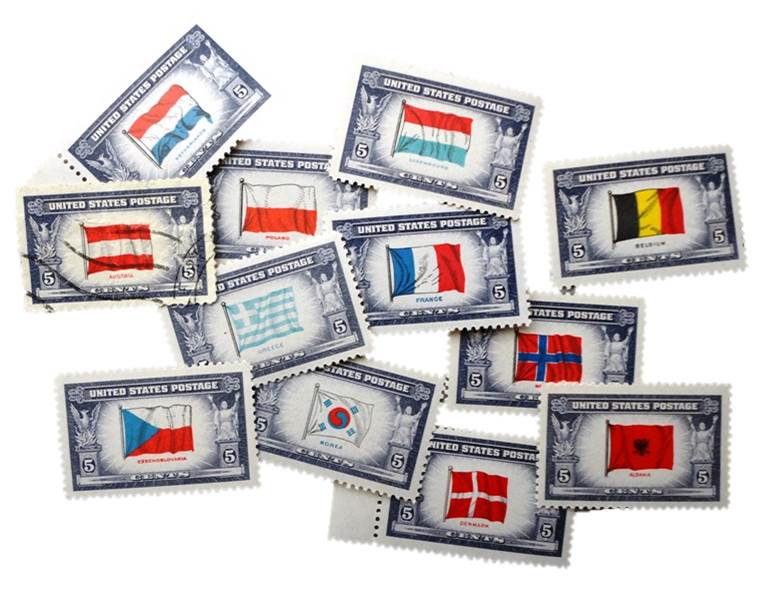
US wartime postage stamps. This series honored countries taken over by Axis forces.
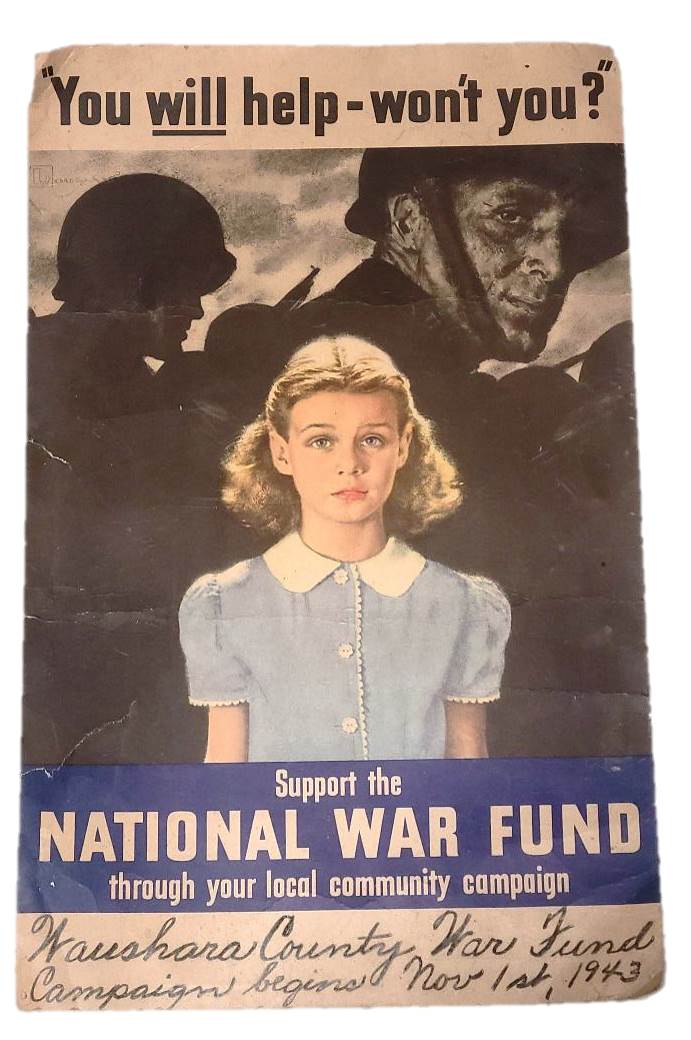
1943 War Bond Drive poster on cardboard
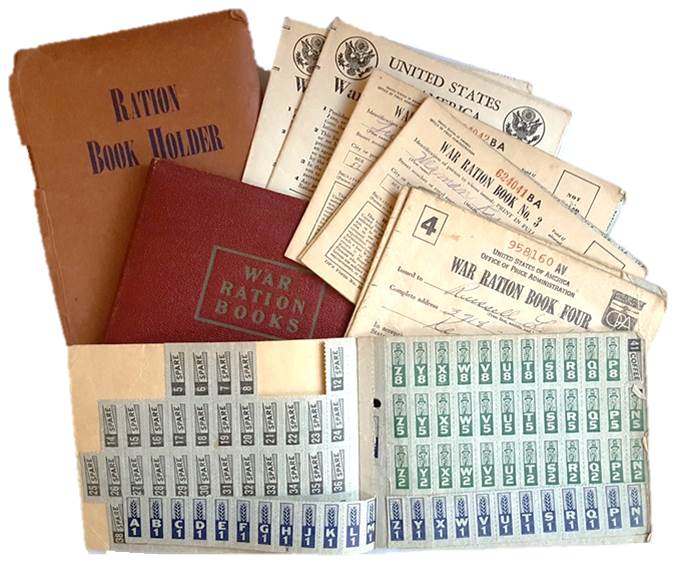
Ration books issued to a Kenosha, WI resident. Every household resident was issued books of stamps that enabled them to purchase rationed commodities, such as sugar, coffee, and fuel. Purchasers had to detach and turn in a stamp in order to buy these items.
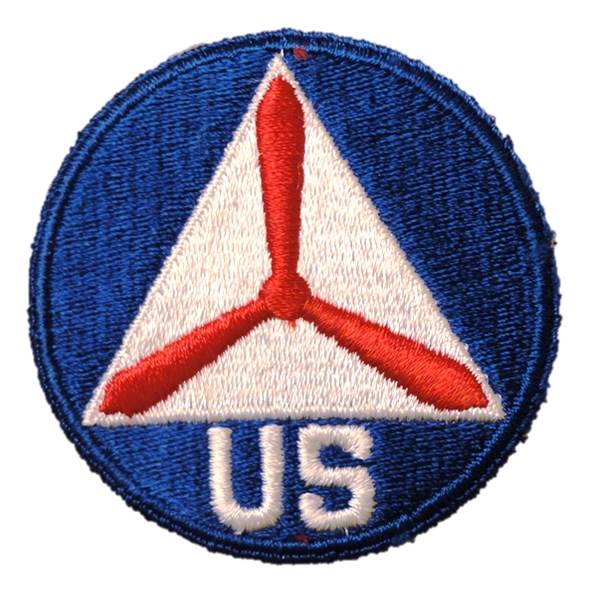
Shoulder patch of the Civil Air Patrol. Founded in 1941, it was a civilian volunteer organization that flew for the war effort. They patrolled borders and shores, trained pilots, and flew anti-submarine missions.
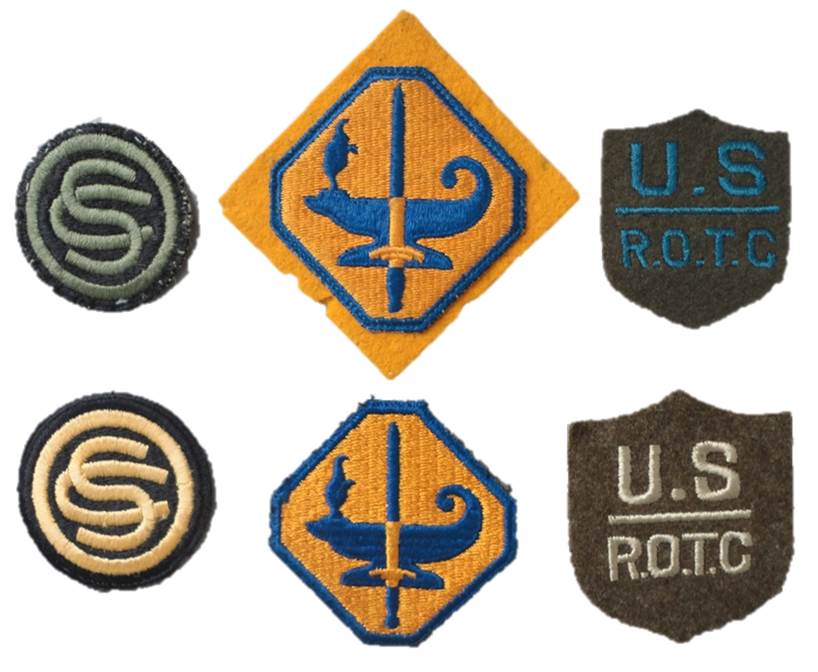
A selection of ROTC (Officer Training), OCS (Officer Candidate School), and college training programs. These were all geared at training civilians to become officers prior to entering the service.
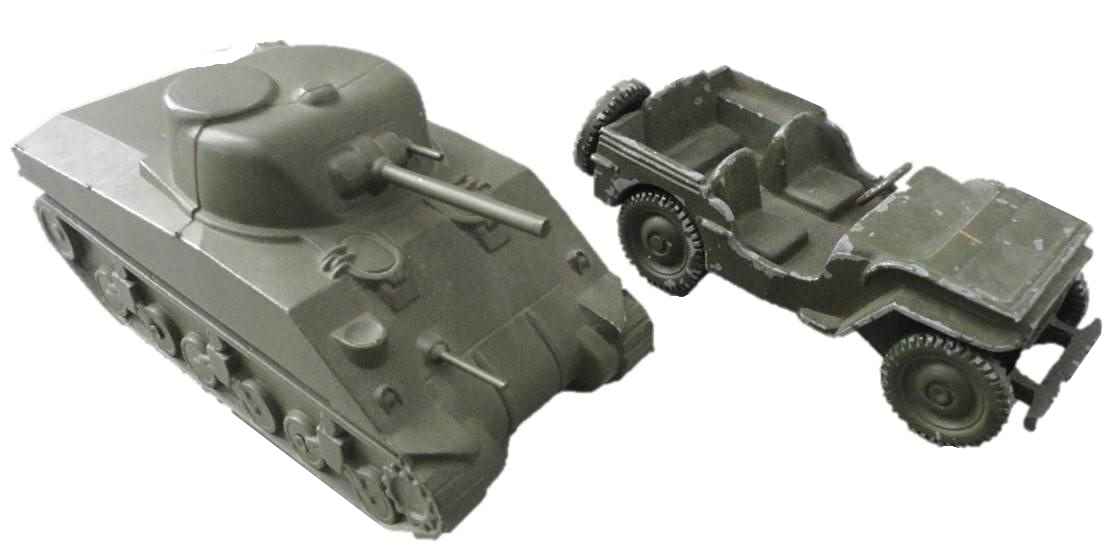
"Recognition Models" of a Sherman tank and jeep. These were used to train soldiers to recognize different types of vehicles (and not fire on US ones!).
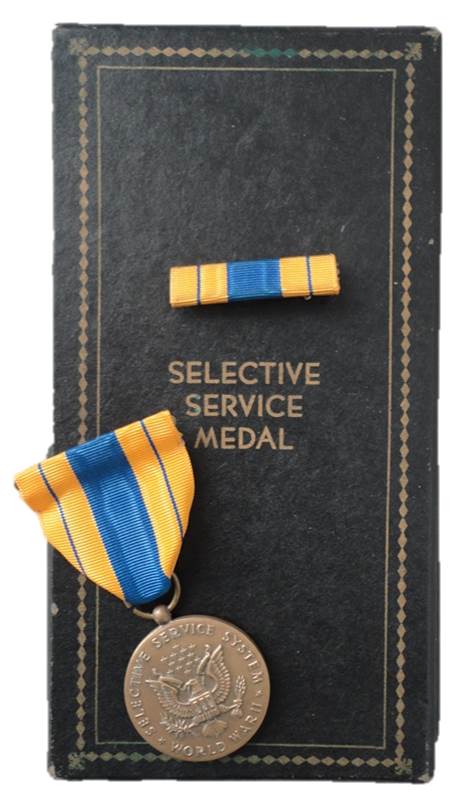
Selective Service Medal awarded to civilians who served on draft boards.

WWII postcard, exemplifying the US attitude toward the foreign dictators.
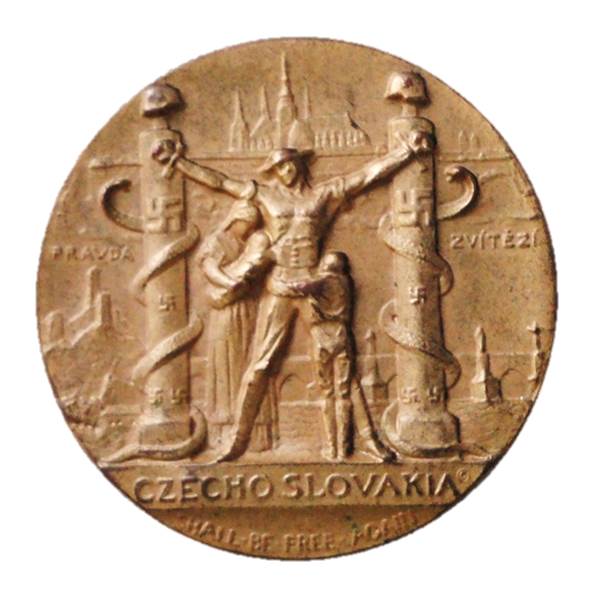
This anti-German token was given out at the 1939 New York World's Fair to raise awareness for the forceful German entry and occupation of Czechoslovakia.
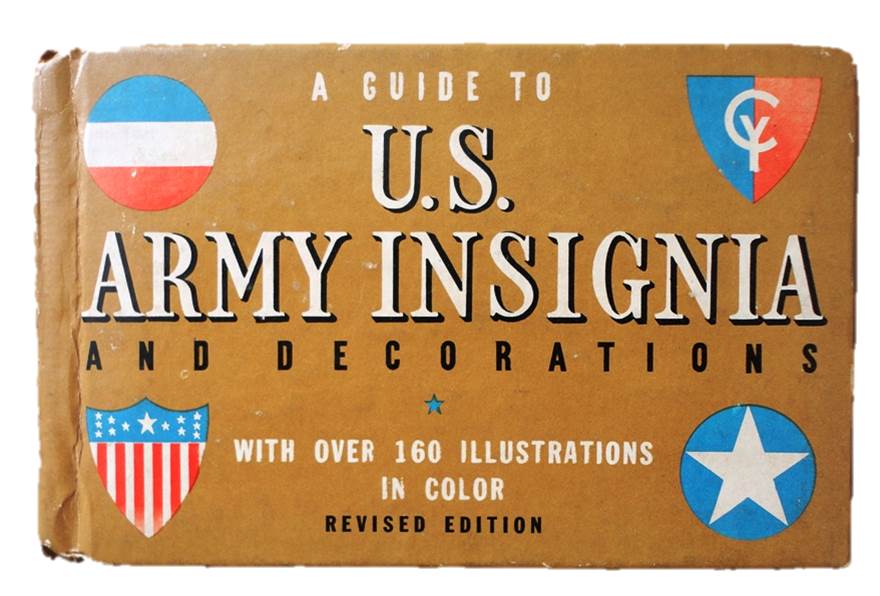
Book of US Army insignia.
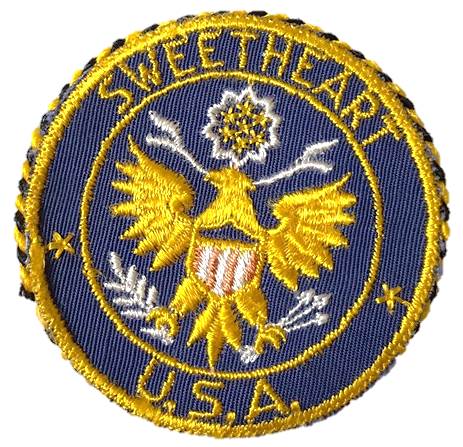
A "sweetheart" patch, which was originally attached to a mirror. This was a gift from an Army officer of the 9th Infantry Division to his wife in WWII.
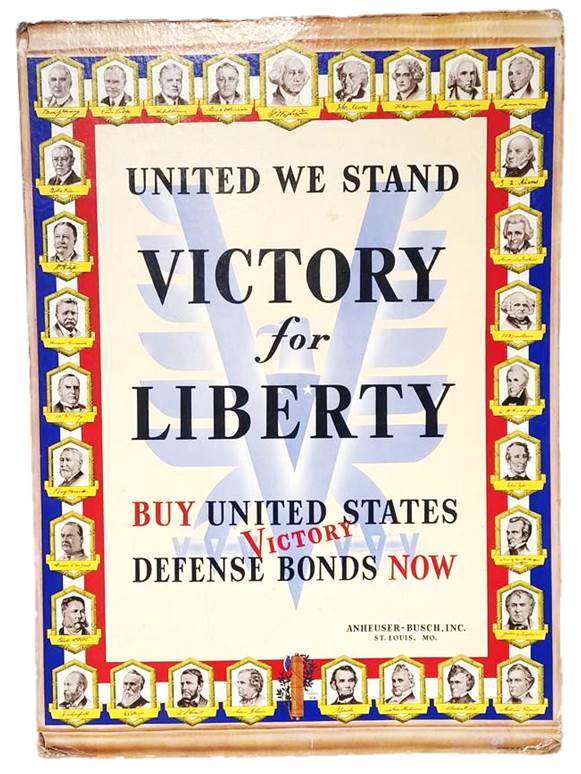
Scarce Anheuser Busch cardboard store placard, soliciting the sale of war bonds.